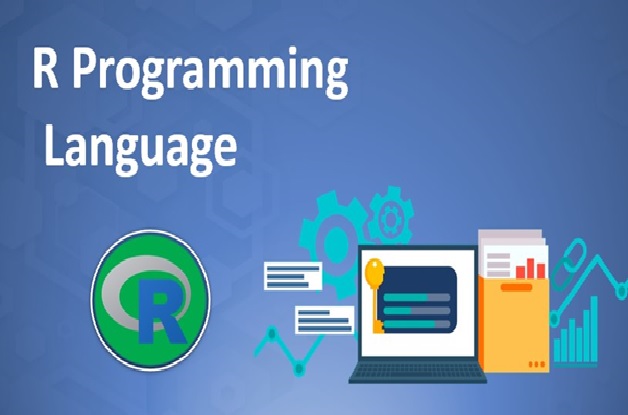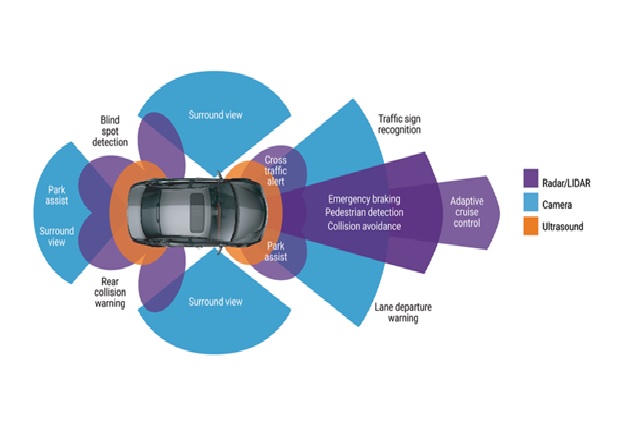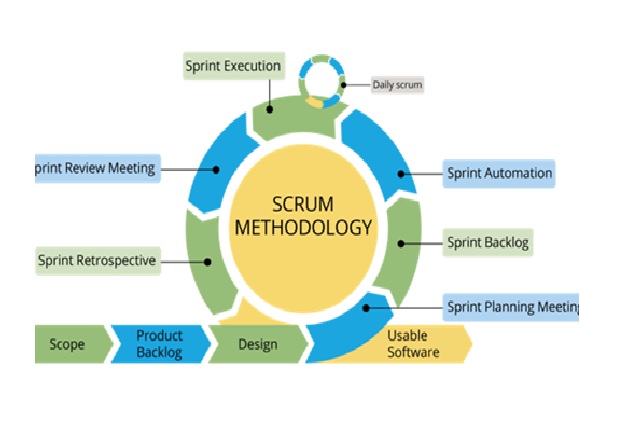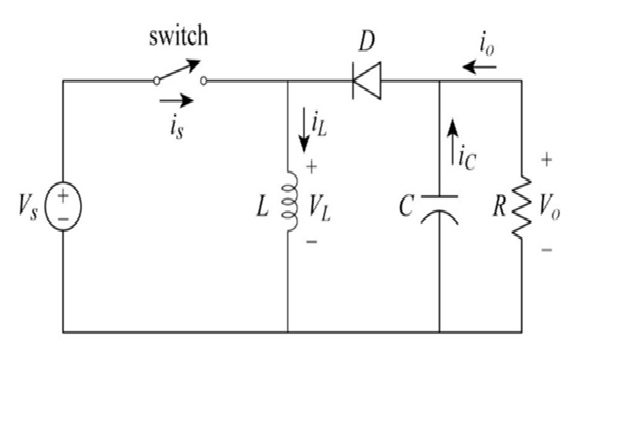Features of R Programming
R is one of the open-source Big Data Technologies and programming languages. The free software is widely used for statistical computing, visualization, unified development environments such as Eclipse and Visual Studio assistance communication. According to experts, it has been the world’s leading language. The system is also widely used by data miners and statisticians to develop statistical software and mainly data analysis. [1]

Figure 1. The Features of R Programming
Figure 1 shows R is a language and environment for statistical computing and graphics. It is a GNU project which is similar to the S language and environment which was developed at Bell Laboratories (formerly AT&T, now Lucent Technologies). [3]
Features of R Programming:
Comprehensive Language
R is a comprehensive programming language, meaning that it provides services for statistical modeling as well as for software development. R is the primary language for Data Science as well as for developing web applications through its robust package RShiny. R is also an object-oriented programming language which is an addition to its procedure programming feature.
Open-source
R is an open-source programming language. This means that it is free of cost and requires no license. Furthermore, you can contribute towards the development of R, customize its packages and add more features.
No Need for a Compiler
R language is interpreted instead of compiled. Therefore, it does not need a compiler to compile code into an executable program. The R code is interpreted one step at a time and directly converted into machine level calls. This makes running an R script much less time-consuming.
Performs Fast Calculations
Through R, you can perform a wide variety of complex operations on vectors, arrays, data frames and other data objects of varying sizes. Furthermore, all these operations operate at a lightning speed. It provides various suites of operators to perform these miscellaneous calculations.
Integration with Other Technologies
R can be integrated with a number of different technologies, frameworks, software packages, and programming languages. It can be paired with Hadoop to use its distributed computing ability. It can also be integrated with programs in other programming languages like C, C++, Java, Python, and FORTRAN.
R has an Active Community
R is continuously evolving. The contribution is fuelled by the growing number of users who are using R on a daily basis. As mentioned above, R is an open-source library that is supported and maintained by a large user-base. Not only this, R has an engaging community that organizes seminars, boot camps and other training sessions of R. Once you start your journey in R, you will never feel alone.
Machine Learning with R
Earlier R had different packages for different machine learning algorithms. This may be considered inefficient and, therefore, the MLR package which stands for Machine Learning in R has become highly popular. This package is useful for all machine learning algorithms and provides other tools that help with machine learning as well. [2]
References:
- https://www.jigsawacademy.com/big-data-5-new-technologies-emerge-2017/
- https://data-flair.training/blogs/features-of-r-programming/
- https://www.r-project.org/about.html
Cite this article:
Thanusri swetha J (2021), Features of R Programming, Anatechmaz, pp. 45















